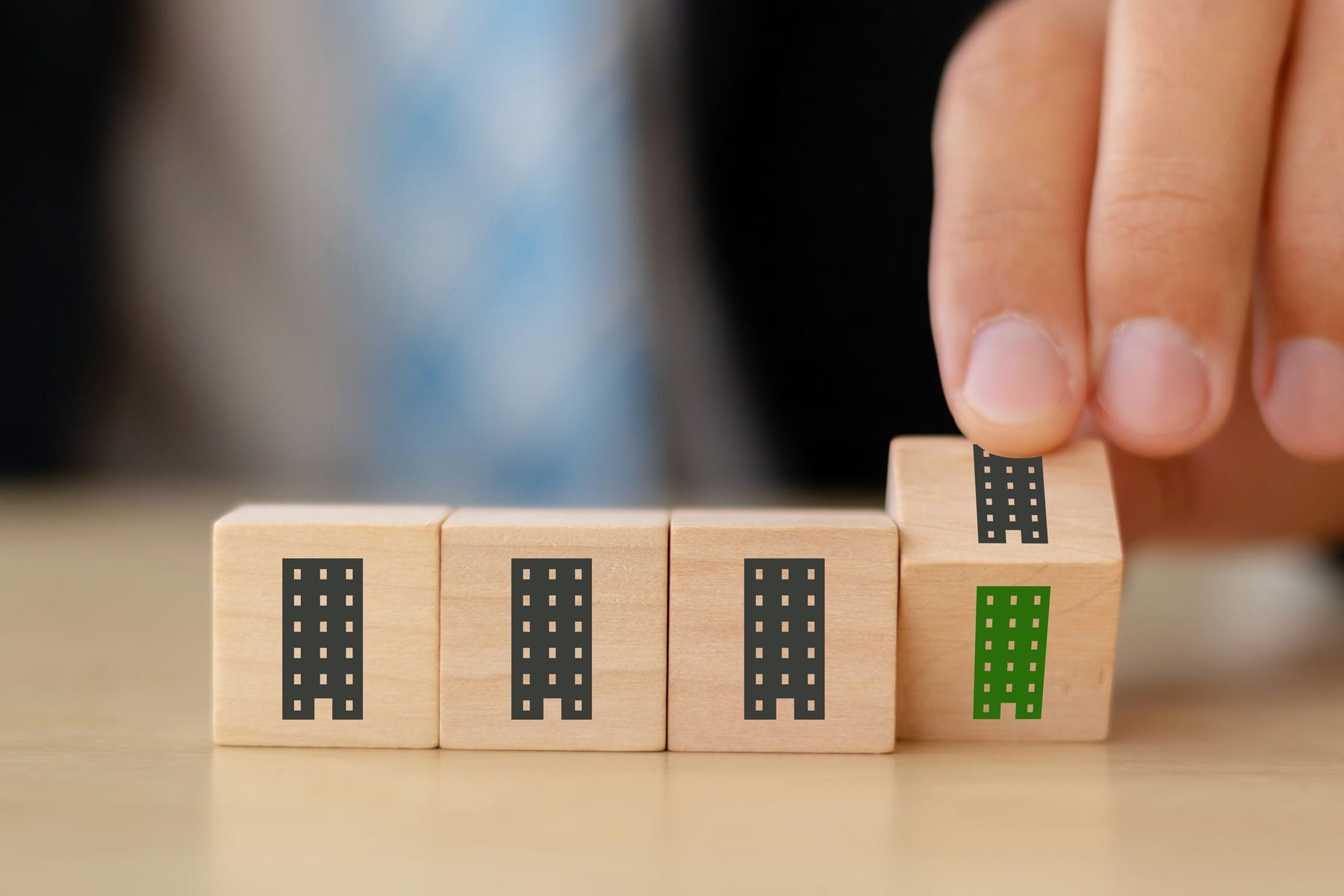
Green building practices have gained considerable traction in recent years, a trend underpinned by compelling rationale. These practices not only contribute to a diminished environmental footprint but also offer a multitude of advantages for proprietors, inhabitants, and communities alike.
Let us explore the realm of green building practices, unveiling their capacity to enhance construction activities deeply.
Environmental Advantages
Among the foremost qualities of green building practices is their helpful effect on the environment. Traditional building techniques often engender a substantial carbon footprint, characterized by the consumption of finite resources and the emission of greenhouse gases.
In simple contrast, green building practices prioritize energy efficiency, cautious water consumption, and the utilization of sustainable materials. These measures curtail energy usage and greenhouse gas emissions, thus actively combating climate change and fostering a cleaner environment.
Economic Rewards
Furthermore, green buildings can yield economic dividends for property owners and occupants. Buildings engineered for energy efficiency can curtail utility expenses and long-term operational outlays.
Additionally, green buildings can augment property valuations and draw tenants who hold sustainability in high regard. A comprehensive investigation conducted by the U.S. Green Building Council attests to the ability of green buildings to command higher rental rates and maintain lower vacancy rates compared to their conventional counterparts.
Health Considerations
Green buildings also have the potential to influence the health and well-being of their inhabitants. Through the use of materials and products that contain minimal levels of toxic substances, green buildings establish a healthier indoor atmosphere.
Moreover, green buildings incorporate features like natural illumination and enhanced ventilation, which contribute to superior air quality and a reduced risk of health complications, such as asthma and allergies.
Community Advancements
The advantages of green building practices extend beyond individual buildings, granting communal benefits. By mitigating energy consumption and greenhouse gas emissions, green buildings act as safeguards against the encroachment of climate change and enhance the air quality in their vicinity.
In addition, these buildings engender employment opportunities within the construction and manufacturing sectors, thereby infusing a stimulant into the local economy.
Certification Endeavors
In the quest for green building certification, many contractors seek the esteemed LEED (Leadership in Energy and Environmental Design) certification. This certification furnishes a framework for the design and operation of green buildings, ensuring that a facility adheres to exacting sustainability standards.
Hire a Contractor – Varian Construction
There are many benefits to incorporating green building practices into a construction project. By implementing green building practices with Varian Construction, we can help build a better world for ourselves and future generations.
Based in Southwest Florida, Varian Construction has renovated homes, condominiums, and commercial buildings for over 30 years.
Furthermore, owner Bill Varian is accredited as a Certified Graduate Remodeler (CGR), Certified Aging in Place Specialist (CAPS), and a Certified Green Professional (CGP), ensuring that your home will be built with both quality and care.
Fully licensed in Florida, Varian Construction can complete your home renovation project within your desired budget and timeframe. Varian uses CoConstruct to help schedule timelines, track financials, and as a platform for communication for homeowners so you can be confident that your project is in good hands.
Hire Varian Construction for your Florida home renovation projects; call today at 239.514.0103 or visit VarianConstruction.com.

Recent Comments